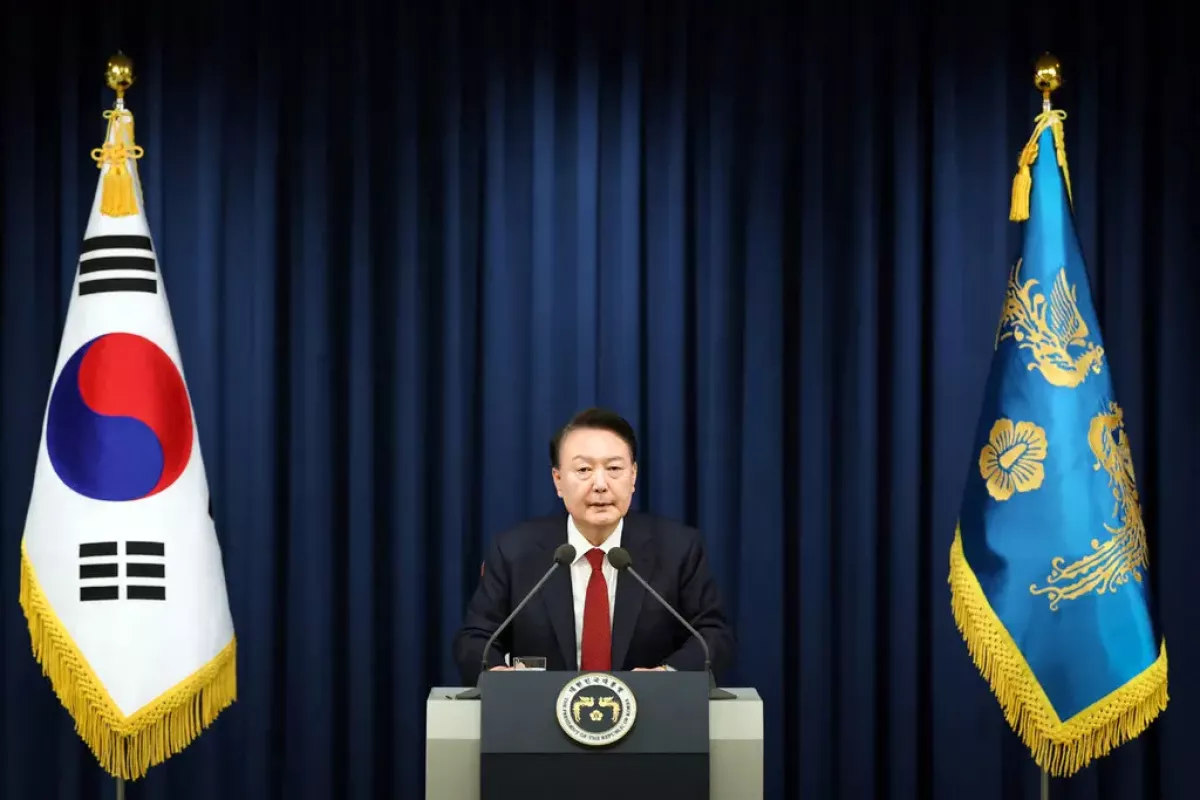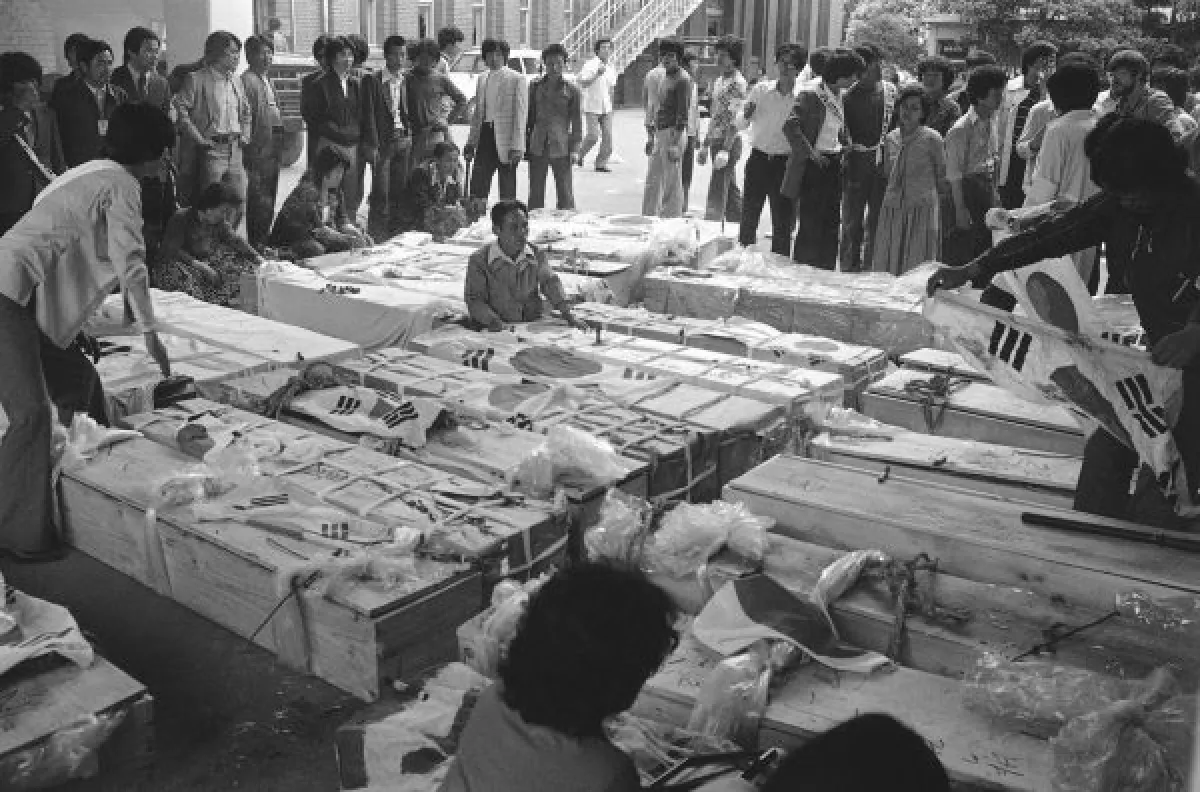Dark chapter of martial law in South Korea's history Plagued with violent crackdowns, political suppression
South Korea is often regarded as a peaceful democratic stronghold in Asia, but its history tells a different story. The nation endured 16 periods of martial law during its first four decades, largely under dictatorial regimes.
This turbulent past is why democracy is so highly valued in South Korea. The BBC recalled in a recent article why President Yoon Suk Yeol's recent declaration of martial law—its first in 45 years and under a democratic government—provoked such a strong reaction throughout all layers of society.
Lawmakers rushed to the national assembly in the middle of the night on December 3, some scaling fences to overturn the decree. Meanwhile, hundreds of citizens rallied to block troops from evicting members of parliament.
President Yoon defended his decision as a governance measure to combat alleged “pro-North anti-state” elements, though he provided no evidence or named specific individuals. He vowed to “fight to the end” against impeachment efforts and ongoing investigations into his actions.
The impeachment motion claims Yoon exceeded his constitutional authority, arguing that martial law was unjustified by the circumstances and that deploying troops to suspend parliamentary activities amounted to rebellion. Critics highlight Yoon’s struggles to pass policies through an opposition-controlled parliament since taking office in 2022. Conservatives, however, accuse the opposition of seeking political revenge, particularly over investigations into Democratic Party leader Lee Jae-myung, a frontrunner for the 2027 presidential election.

Leaders in South Korea’s past frequently justified martial law as a means to stabilize the nation or to eliminate alleged communist threats purportedly orchestrated by North Korea. These periods of martial law severely restricted freedoms, with curfews, press censorship, and mass arrests becoming commonplace.
Founded in 1948 after the Korean Peninsula was split between Soviet-controlled North Korea and U.S.-controlled South Korea, the country saw repeated impositions of martial law under its first president, Syngman Rhee. Rhee wielded martial law as a tool to suppress communist activities. However, widespread anti-corruption protests eventually forced his resignation in 1960. His successor, Yun Bo-seon, served for only a year before being overthrown in a military coup led by army officer Park Chung-hee.
Park, who had a penchant for using martial law to silence dissent, ruled until his assassination in 1979. His successor, Choi Kyu-hah, was similarly short-lived in office, ousted in a military coup by Chun Doo-hwan, who governed for eight years.
The most infamous instance of martial law occurred in 1980 under Chun. In response to student-led pro-democracy protests in the southern city of Gwangju, Chun extended martial law across the country. The crackdown escalated into a brutal military operation, later labeled the Gwangju Massacre. While the official death toll stands at 193, many experts believe the actual number of fatalities was significantly higher.

South Korea eventually transitioned to democracy in 1988, but the country’s history of authoritarianism and martial law left enduring scars. These dark chapters remain a stark reminder of the cost of suppressing democratic aspirations.
By Nazrin Sadigova








